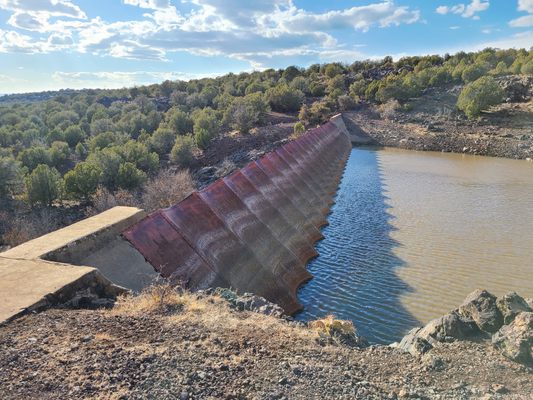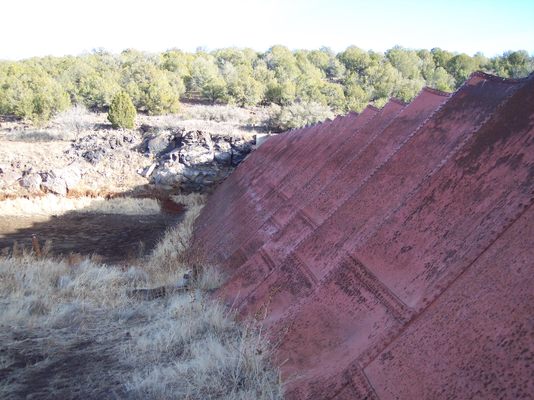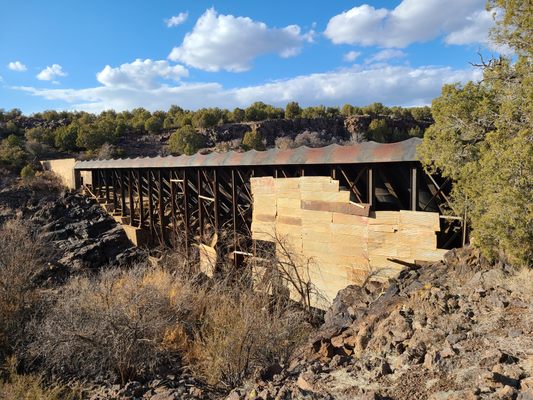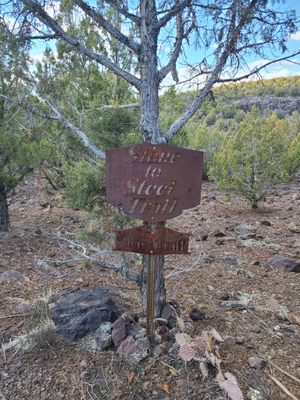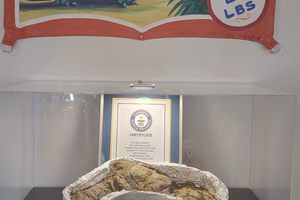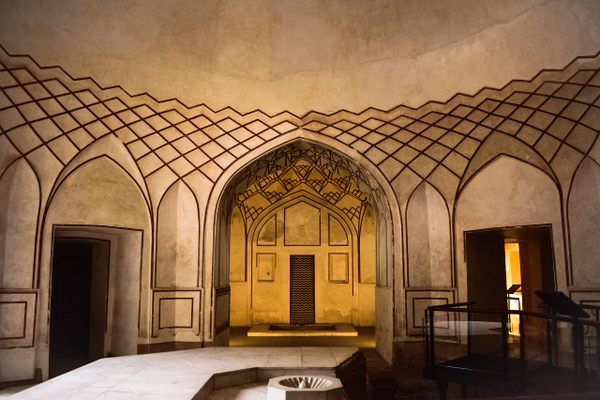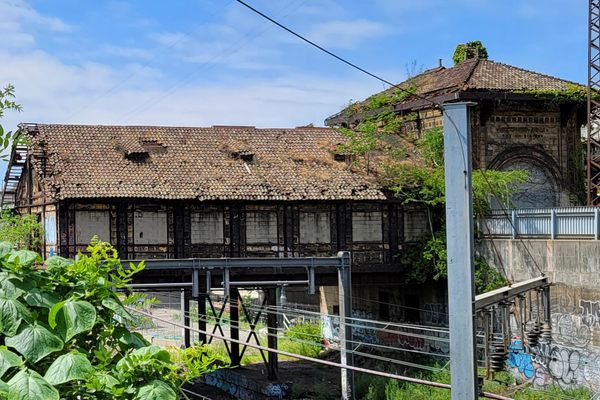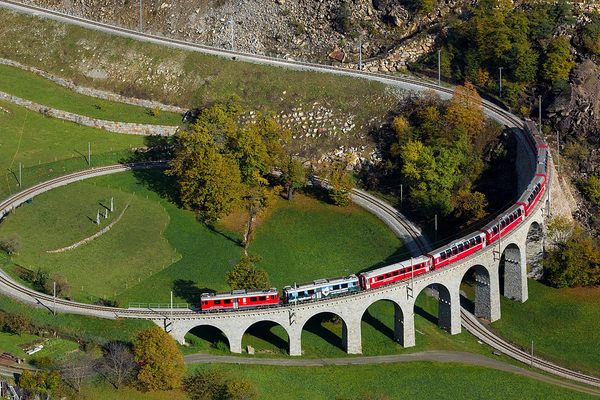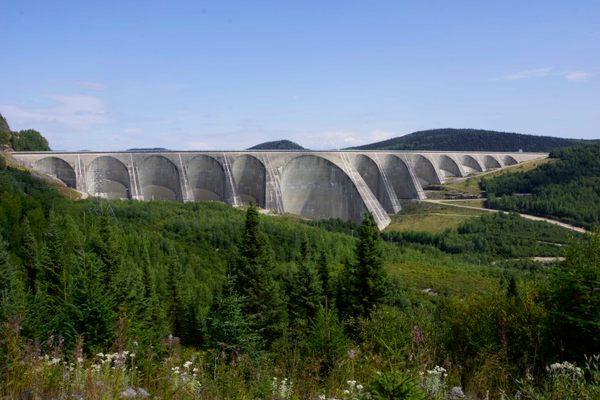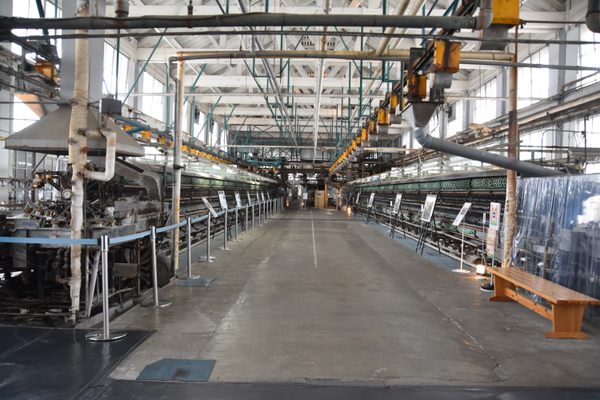About
As networks of railroads spread across the United States, engineers were also busy building thousands of dams. Steam locomotives required large amounts of water, and in areas of the arid west, that was often hard to come by. Thus, reservoirs were constructed adjacent to tracks to supply the trains with water.
Dams were usually constructed with masonry and large blocks of quarried stone, which was very labor-intensive. Atchison, Topeka, and Santa Fe Railway engineer Francis H. Bainbridge had an idea. The railroad company was already purchasing steel in bulk for the construction of tracks, trestles, and bridges. If steel could be used to build the dams as well, it would save the company time and money.
Construction on the dam began in 1897 and was finished early the next year. Pieces of the dam were constructed off-site and assembled in Johnson Canyon. The final cost was a relatively inexpensive $63,500, or approximately $2 million today. Although the steel dam proved much cheaper and faster to construct than masonry dams, there were justified concerns about its long-term integrity. Only three steel dams were constructed in the U.S., and today the Ashfork-Bainbridge Dam is the only one that still holds a reservoir.
Although they supported the experiment, from the start, the railroad company didn't trust that the steel dam would work. Around 13 years later, a masonry dam was constructed a mile upstream from the Ashfork-Bainbridge Dam, so that if the steel dam failed, there was still a reservoir in place to supply water for their needs. Although the railroad is gone, both dams are still functional today.
The land around the Ashfork-Bainbridge Steel Dam is now a part of the Kaibab National Forest. The steel dam was added to the National Register of Historic Places in 1976.
Related Tags
Know Before You Go
It can be somewhat difficult to find the roads and trails that reach the dam on online maps. The easiest access is off US Interstate 40. Take the Welch Road exit and turn onto Forest Road 6.
After about a mile, take a sharp left onto Forest Road 6E, which is an unmaintained remnant of the historic Route 66. Stay on that road for about two miles, then turn right onto a road that goes north towards the Masonry Number Two Reservoir.
After about half a mile on this road, you'll reach the trailhead of the Stone to Steel Trail. The trail is about a mile long and starts near the masonry dam and ends at the Ashfork-Bainbridge Steel Dam.
Community Contributors
Added By
Published
March 3, 2021
